Topics
Category
Era
Minnesota Constitutional Convention, 1857
In 1857, elected delegates met in St. Paul to draft a state constitution so that Minnesota could officially join the Union. Due to a bitter rivalry, Democrats and Republicans refused to meet jointly until near the end of the convention. Finally, a Compromise Committee with five members from each group proposed language that both sides accepted. Yet they refused to sign the same document. As a result, Minnesota has two copies of its constitution: one Democratic and one Republican.
Minnesota politics in the 1850s was particularly intense, with fierce competition between Democrats and Republicans. The Democrats were the older, more established party. The Republicans were newer but gaining support, particularly in the northern states. Nationally and within Minnesota Territory, Republicans were calling for an end to slavery. This hotly contested issue divided the electorate and incited venomous editorials in the partisan newspapers. It was in this atmosphere that on June 1, 1857, voters throughout Minnesota Territory elected delegates to represent them at a constitutional convention.
Although voter turnout was low, there were many charges of election fraud. Hundreds of illegal votes were cast in several counties. Each party claimed it had won the majority of delegates. Both sides wanted to claim the new state as their own and align its constitution with their ideals.
The number of delegates was also an issue. A misreading of statutory rules led to the election of 114 delegates instead of the intended sixty-eight. Since Democrats and Republicans wanted as many delegates as possible to represent them at the convention, nearly all the delegates were allowed to stay.
On July 13, 1857, Democratic and Republican delegates met in the St. Paul Capitol building. It was located where Tenth and Wabasha Streets intersect today. Because of mutual mistrust, however, the two factions met in separate wings. The Democrats convened in the Council Chamber in the west wing while the Republicans gathered in the Representatives' Hall in the east wing. Henry Sibley was named chairman and president of the Democratic convention. Republicans voted St. Andre Durand Balcombe of Winona president of their convention.
For over a month, both groups of delegates continued to meet separately. They debated issues important to a fledgling state such as the constitution's wording, state boundaries, the state seal, and suffrage. Each party bemoaned the actions of the other party, believing their own convention to be legal and the other's illegal.
In spite of the animosity, each party began to consider meeting with the other. They all wanted Minnesota to be a part of the Union. Bringing two constitutions to Congress would delay statehood. Minnesota's reputation could be hurt.
On August 8, 1857, Moses Sherburne wrote a proposal to form a Compromise Committee. His fellow Democrats, however, postponed sending it. On August 10 Republicans drafted an almost identical proposal and sent it to the Democrats. After several days of debate both parties agreed to meet. In the end, each party appointed five delegates to the Committee.
As expected, the Compromise Committee did not always agree. Things even got physical. On August 25, prominent Democrat and former Territorial Governor Willis Gorman attacked Republican Thomas Wilson with a cane. When word of the incident reached the Republican convention, one delegate called it "a violent assault, without any just cause or provocation." Republican Galbraith clarified that the Committee only wished "simply to state the offence."
The episode almost derailed the Committee's work. But three days after the attack, word came that the Committee would submit its final report. The document contained bits and pieces of each party's versions, which were actually quite similar.
Both parties adopted the Committee's report. They then enlisted copyists to write out the agreed-upon constitution. While they were intended to be identical, there are more than three hundred punctuation, grammatical, and wording differences between the two copies they made. Their meanings, however, are the same.
On August 29, 1857, members of each party signed their own document. Both conventions adjourned for the final time. Eventually, Minnesotans approved the constitution and elected Henry Sibley as their first governor. On May 11, 1858, Congress admitted the state of Minnesota into the Union.
Bibliography
Andrews, T. F. Debates and Proceedings of the Constitutional Convention for the Territory of Minnesota, To Form a State Constitution Preparatory To Its Admission Into the Union as a State. St. Paul: George W. Moore, 1858. (Republican)
Minnesota Historical Society. Minnesota's Constitution(s).
http://www.mnhs.org/library/constitution/
Smith, Francis H. The Debates and Proceedings of the Minnesota Constitutional Convention Including the Organic Act of the Territory with the Enabling Act of Congress, The Act of the Territorial Legislature Relative to the Convention, and the Vote of the People on the Constitution. St Paul: Earle S. Goodrich, 1857. (Democratic)
Related Resources
Primary
Constitution of the State of Minnesota. Democratic version.
http://www.mnhs.org/library/constitution/d-01.html
Constitution of the State of Minnesota. Republican version.
http://www.mnhs.org/library/constitution/r-01.html
Secondary
Anderson, William. A History of the Constitution of Minnesota, with the First Verified Text. Minneapolis: University of Minnesota, 1921.
——— . "Minnesota Frames a Constitution." Minnesota History 36, no. 1 (March 1958): 1–12.
http://collections.mnhs.org/MNHistoryMagazine/articles/36/v36i01p001-012.pdf
Folwell, William Watts. "Preparation for Statehood." In A History of Minnesota, Vol. 1., 388–421.St. Paul: Minnesota Historical Society Press, 1956.
Hall, H. P. "Observation Two: The Dual Convention Which Framed the Constitution of Minnesota-A Violent Political Contest." In H.P. Hall's Observations: Being More or Less a History of Political Contests in Minnesota from 1849 to 1904, 14–23 St. Paul: N.p., 1904.
http://catalog.hathitrust.org/Record/000234927
Lass, William E. Minnesota: A History. New York: W.W. Norton & Company, 1998.
Morrison, Mary Jane. The Minnesota State Constitution: A Reference Guide. Westport, CT: Greenwood Press, 2002.
Web
Ehling, Matt. "July 13: A big day for Minnesota's Constitution." MinnPost, July 13, 2009. https://www.minnpost.com/community-voices/2009/07/july-13-big-day-minnesotas-constitution/
Office of the Minnesota Secretary of State. Act Authorizing a State Government for Minnesota.
https://www.sos.mn.gov/about-minnesota/minnesota-government/enabling-act-for-the-state-of-minnesota/
Office of the Minnesota Secretary of State. SOS Notes on Historical Documents. Amendments to the Minnesota Constitution Proposed to the Voters.
https://www.sos.mn.gov/about-minnesota/minnesota-government/amendments-proposed-to-state-constitution/
Williamson, Lori. "Two Constitutions?" Collections Up Close Podcast and Blog, May 30, 2012.
youtube.com/watch?v=6Ftlw0KOyA4&list=PL9F17D71A8019E4AA&index=43
Related Images
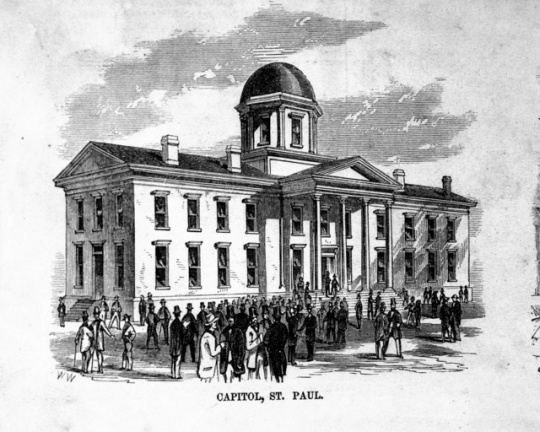
First Minnesota State Capitol, St. Paul
First Minnesota State Capitol, 1853–1872.
Public domain
Holding Location
More Information
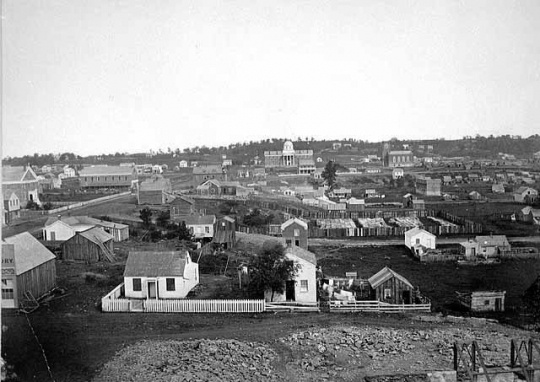
St. Paul looking toward State Capitol
View of St. Paul including the Capitol building, 1857.
Public domain
Holding Location
More Information
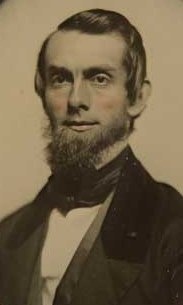
St. Andre Durand Balcombe of Winona, member of the First State Legislature
Portrait of St. Andre Durand Balcombe, c.1858.
Public domain
Holding Location
More Information
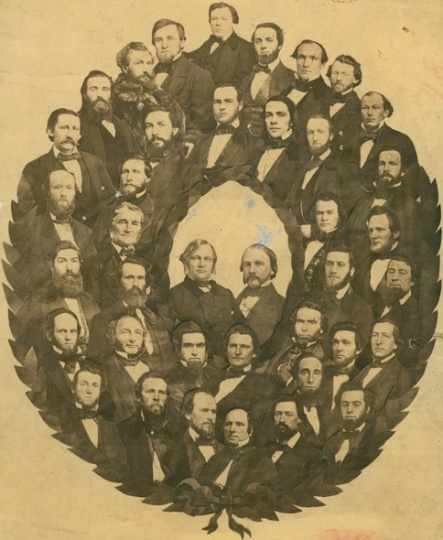
Minnesota Senate with Governors Alexander Ramsey and Henry H. Sibley
Minnesota Senate with Alexander Ramsey and Henry H. Sibley, 1859.
Public domain
Holding Location
More Information
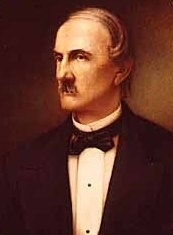
Painting Henry H. Sibley
Portrait of Henry Sibley, c.1860.
Public domain
Holding Location
More Information
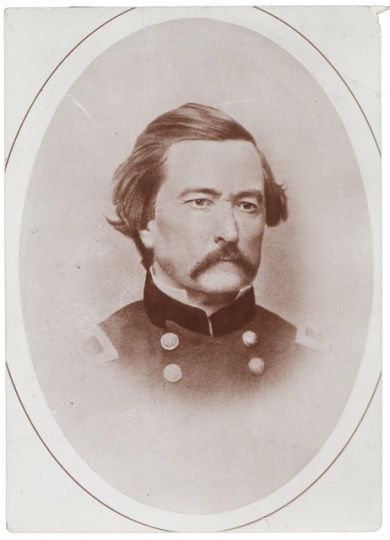
Willis A. Gorman
Willis A. Gorman, c.1861.
Public domain
Holding Location
More Information
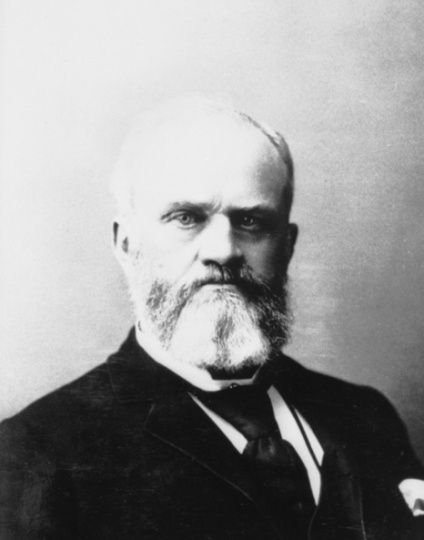
Thomas J. Galbraith
Thomas J. Galbraith, c.1885.
Public domain
Holding Location
More Information
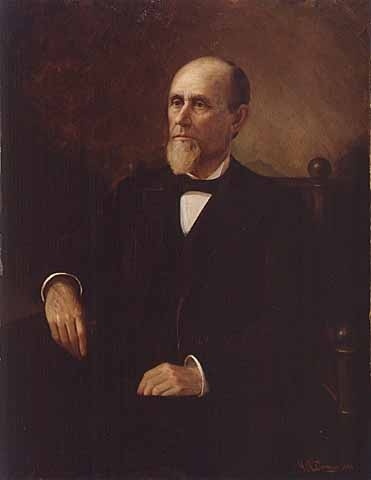
Thomas Wilson
Portrait of Thomas Wilson, 1899.
Public domain
Holding Location
More Information
Related Articles
Turning Point
On August 18, 1857, Democrats and Republicans nominate representatives to a Compromise Committee so that both parties can meet together to agree on a state constitution.
Chronology
February 26, 1857
June 1, 1857
July 13, 1857
August 10, 1857
August 18, 1857
August 25, 1857
August 27, 1857
August 28, 1857
August 29, 1857
October 13, 1857
May 11, 1858
Bibliography
Andrews, T. F. Debates and Proceedings of the Constitutional Convention for the Territory of Minnesota, To Form a State Constitution Preparatory To Its Admission Into the Union as a State. St. Paul: George W. Moore, 1858. (Republican)
Minnesota Historical Society. Minnesota's Constitution(s).
http://www.mnhs.org/library/constitution/
Smith, Francis H. The Debates and Proceedings of the Minnesota Constitutional Convention Including the Organic Act of the Territory with the Enabling Act of Congress, The Act of the Territorial Legislature Relative to the Convention, and the Vote of the People on the Constitution. St Paul: Earle S. Goodrich, 1857. (Democratic)
Related Resources
Primary
Constitution of the State of Minnesota. Democratic version.
http://www.mnhs.org/library/constitution/d-01.html
Constitution of the State of Minnesota. Republican version.
http://www.mnhs.org/library/constitution/r-01.html
Secondary
Anderson, William. A History of the Constitution of Minnesota, with the First Verified Text. Minneapolis: University of Minnesota, 1921.
——— . "Minnesota Frames a Constitution." Minnesota History 36, no. 1 (March 1958): 1–12.
http://collections.mnhs.org/MNHistoryMagazine/articles/36/v36i01p001-012.pdf
Folwell, William Watts. "Preparation for Statehood." In A History of Minnesota, Vol. 1., 388–421.St. Paul: Minnesota Historical Society Press, 1956.
Hall, H. P. "Observation Two: The Dual Convention Which Framed the Constitution of Minnesota-A Violent Political Contest." In H.P. Hall's Observations: Being More or Less a History of Political Contests in Minnesota from 1849 to 1904, 14–23 St. Paul: N.p., 1904.
http://catalog.hathitrust.org/Record/000234927
Lass, William E. Minnesota: A History. New York: W.W. Norton & Company, 1998.
Morrison, Mary Jane. The Minnesota State Constitution: A Reference Guide. Westport, CT: Greenwood Press, 2002.
Web
Ehling, Matt. "July 13: A big day for Minnesota's Constitution." MinnPost, July 13, 2009. https://www.minnpost.com/community-voices/2009/07/july-13-big-day-minnesotas-constitution/
Office of the Minnesota Secretary of State. Act Authorizing a State Government for Minnesota.
https://www.sos.mn.gov/about-minnesota/minnesota-government/enabling-act-for-the-state-of-minnesota/
Office of the Minnesota Secretary of State. SOS Notes on Historical Documents. Amendments to the Minnesota Constitution Proposed to the Voters.
https://www.sos.mn.gov/about-minnesota/minnesota-government/amendments-proposed-to-state-constitution/
Williamson, Lori. "Two Constitutions?" Collections Up Close Podcast and Blog, May 30, 2012.
youtube.com/watch?v=6Ftlw0KOyA4&list=PL9F17D71A8019E4AA&index=43









